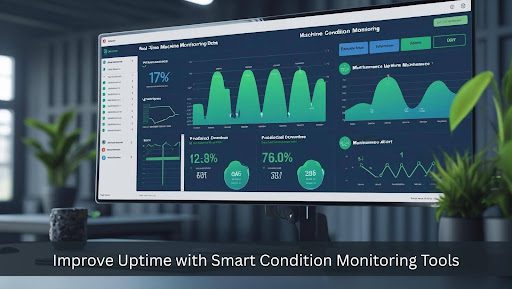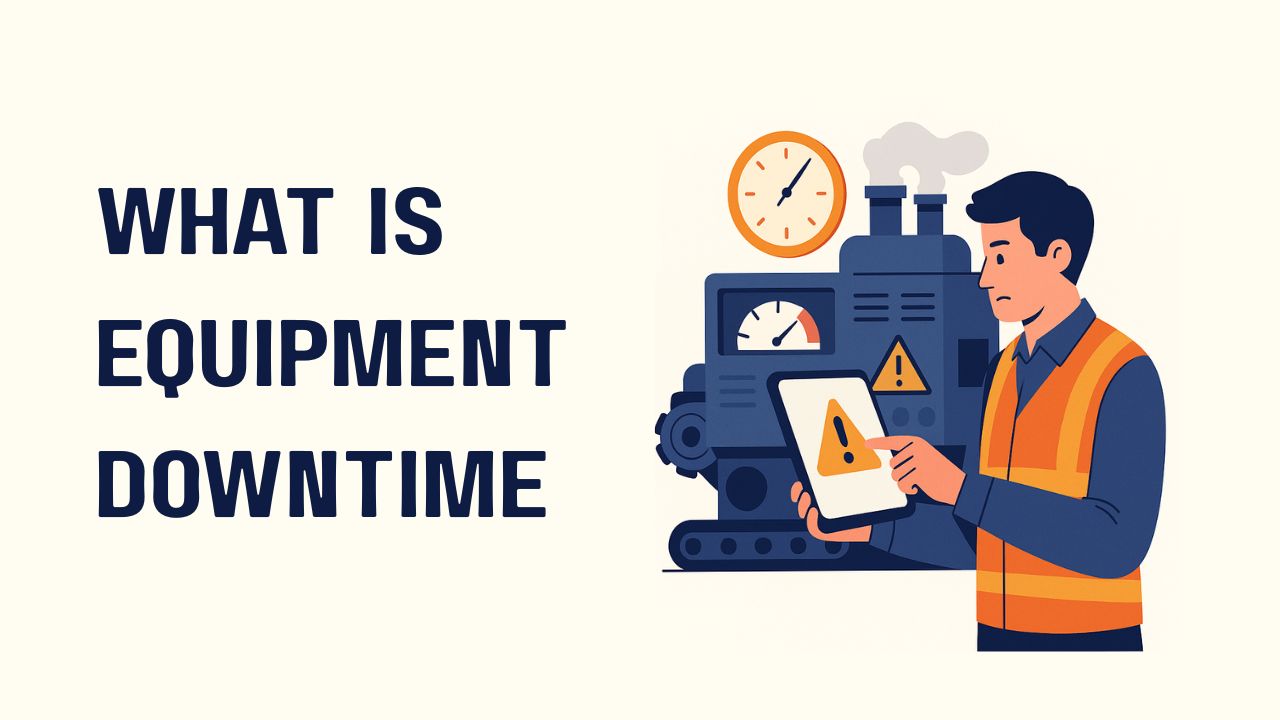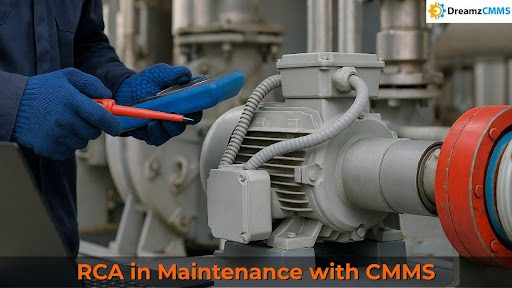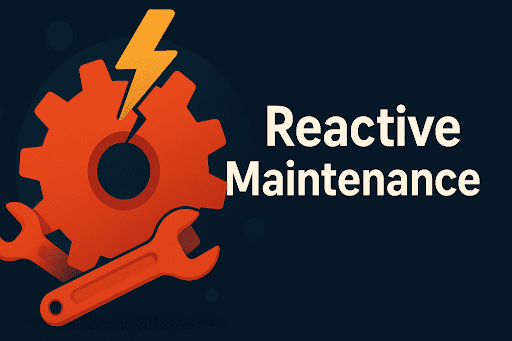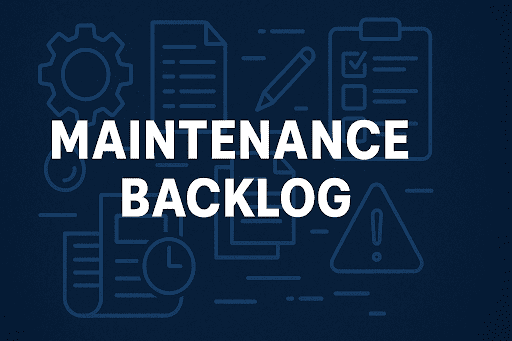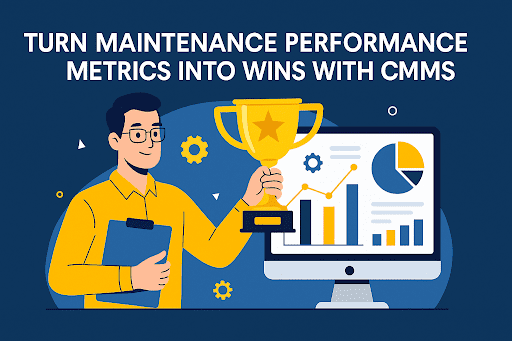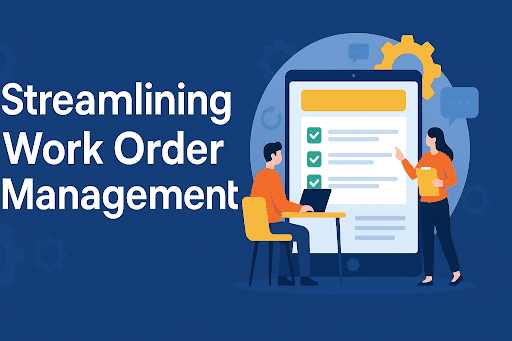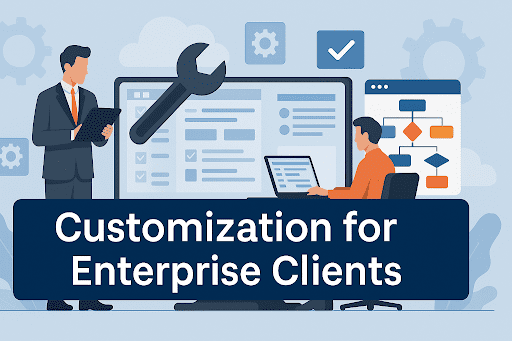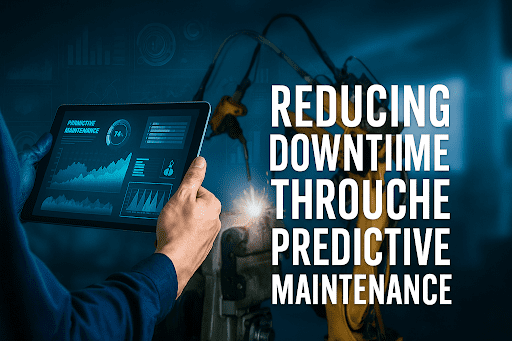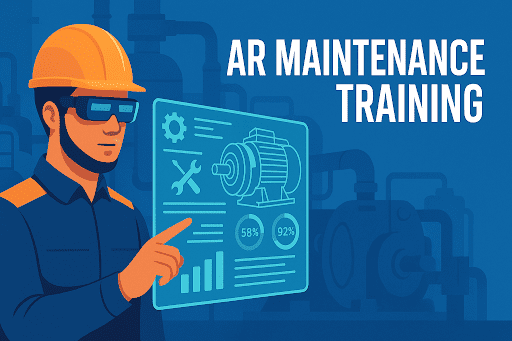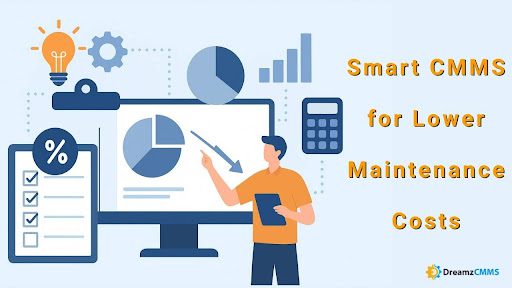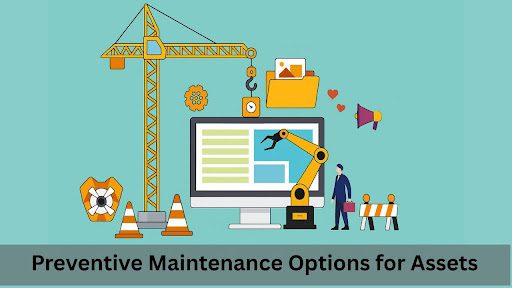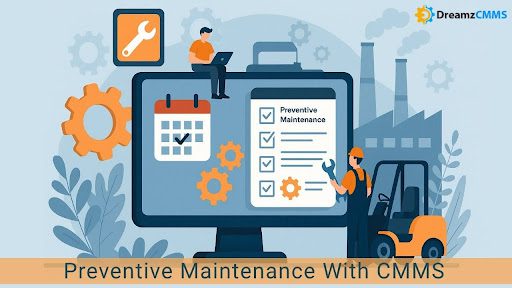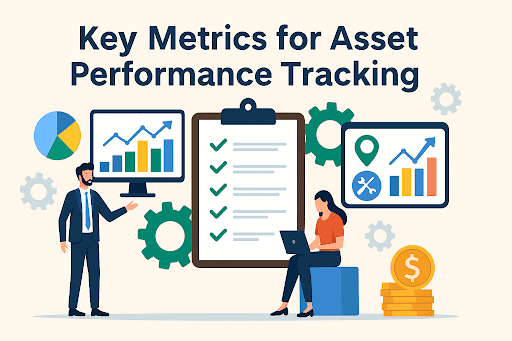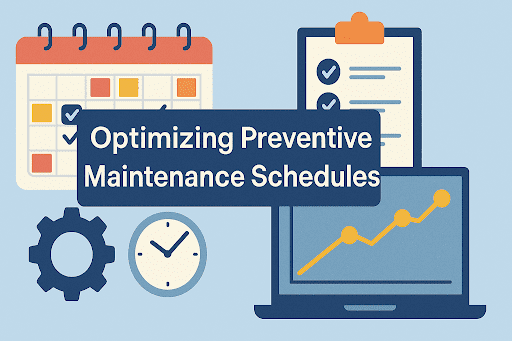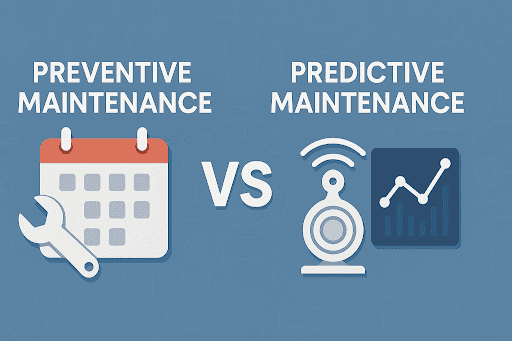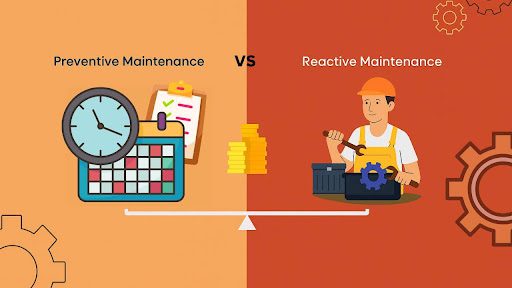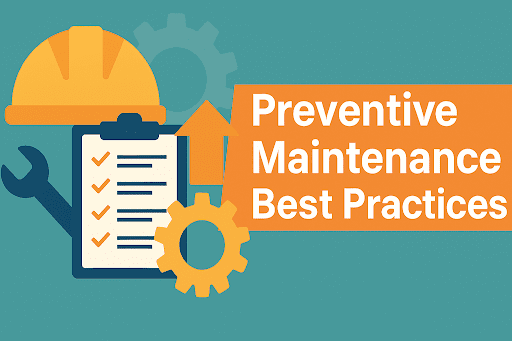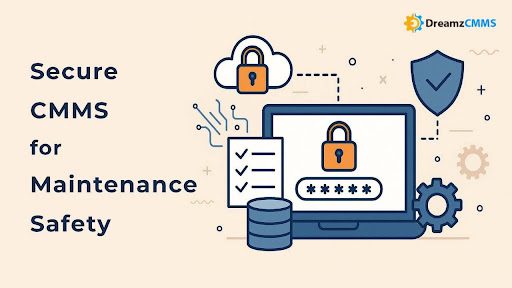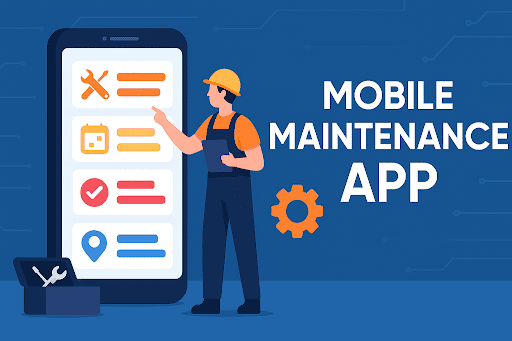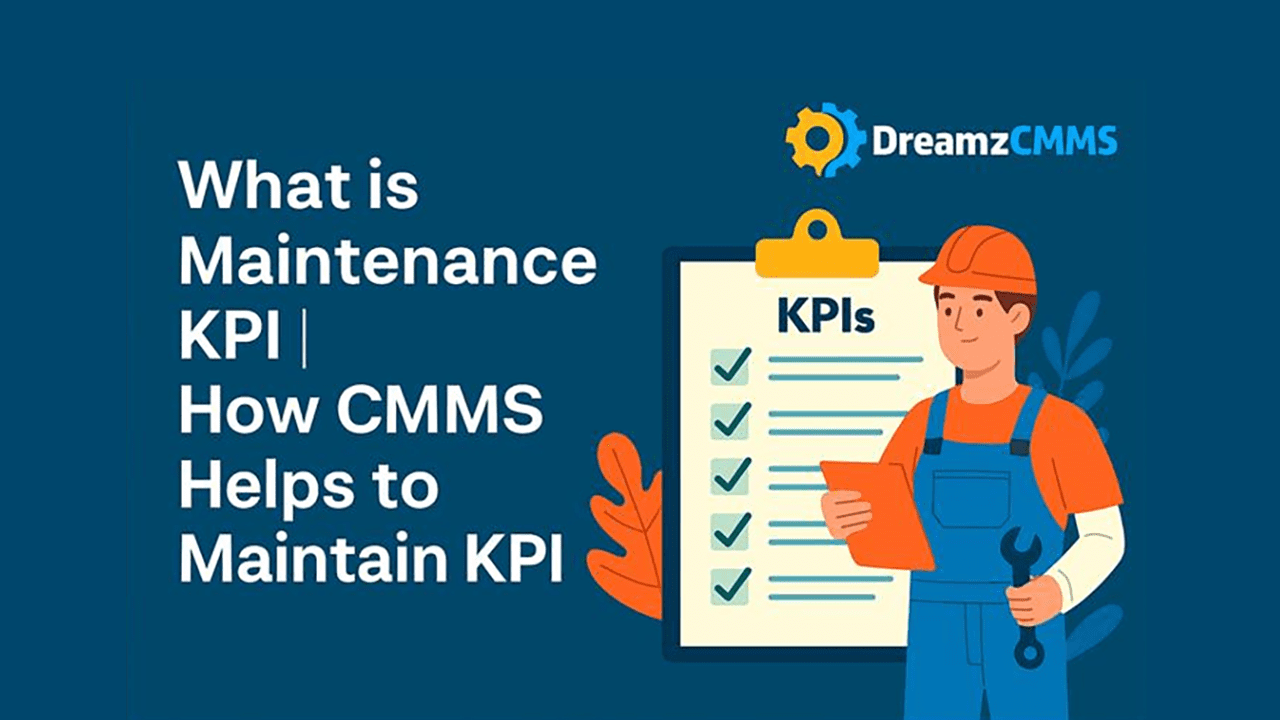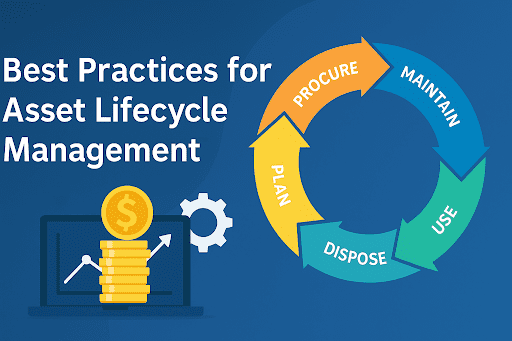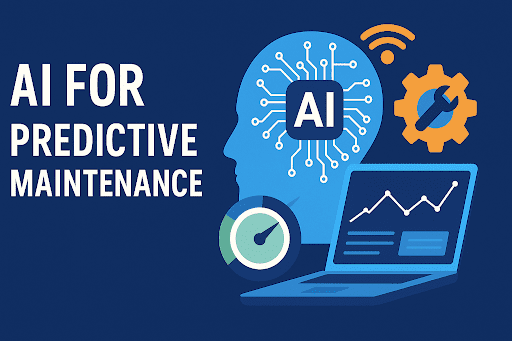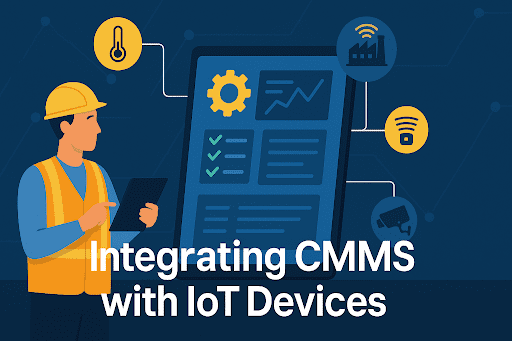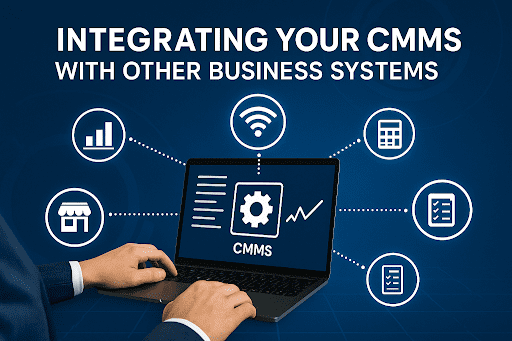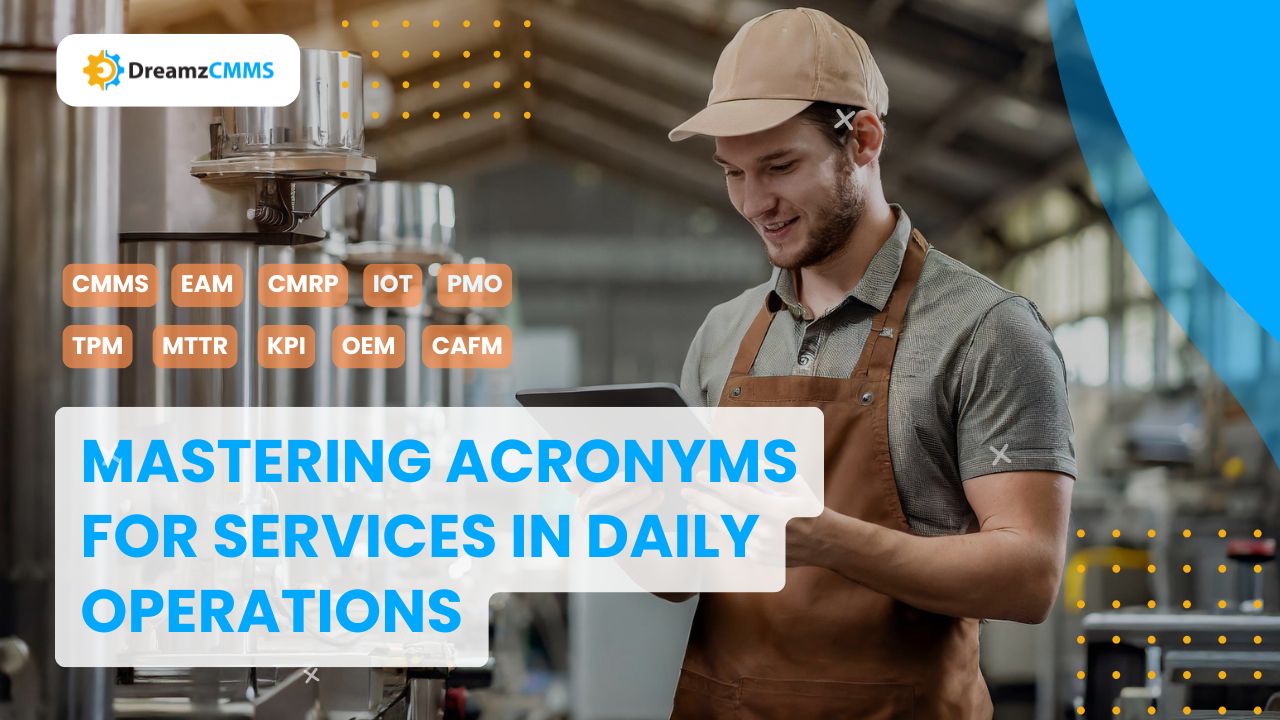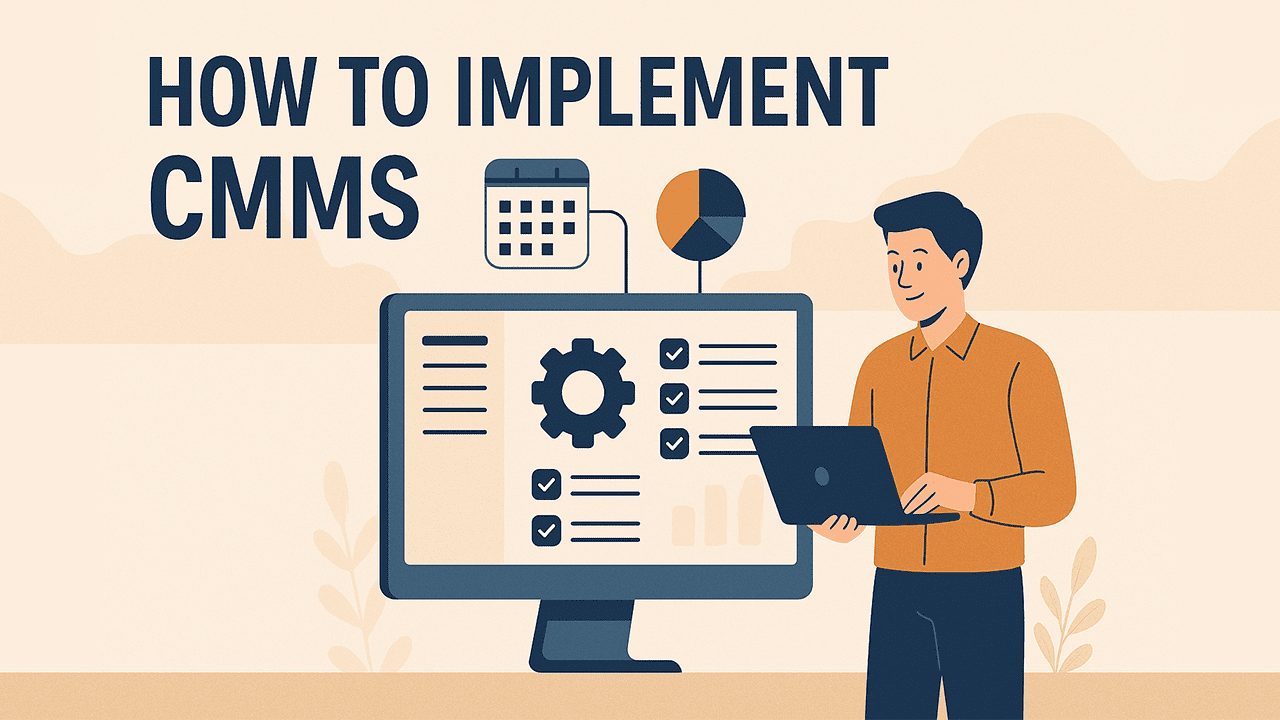 BACK TO Blog
BACK TO Blog
Asset Rental Management
Asset Maintenance
Modern organizations from all industries recognize the need to extract the maximum value from their physical assets together with minimizing operational inefficiencies in the asset-driven economy. Organizations achieve the best results from Asset Maintenance Management Software to achieve this goal. The digital solution delivers enhanced asset reliability and performance and
- May 12, 2025
- DreamzCMMS Team
- 9 minutes read
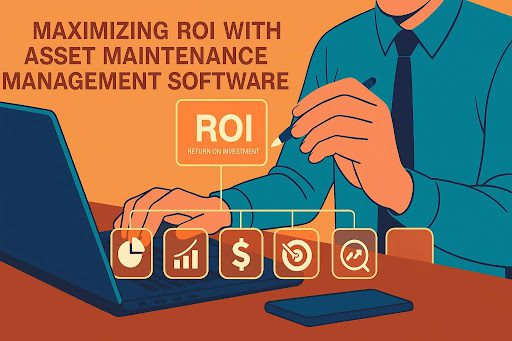
- May 12, 2025
- DreamzCMMS Team
- 9 minutes read
Modern organizations from all industries recognize the need to extract the maximum value from their physical assets together with minimizing operational inefficiencies in the asset-driven economy. Organizations achieve the best results from Asset Maintenance Management Software to achieve this goal. The digital solution delivers enhanced asset reliability and performance and helps businesses maximize their ROI through asset maintenance management software.
The blog shows organizations how they can measure return on investment (ROI) from asset maintenance tools while utilizing advanced features like asset optimization, predictive maintenance analytics and data analytics for maintenance operations.
What Is Asset Maintenance Management Software?
Asset Maintenance Management Software operates as a centralized platform which manages physical asset maintenance operations while monitoring asset performance for optimization purposes. Through its capabilities the software enables maintenance teams to perform automated preventive and predictive maintenance and work order management while providing real-time asset performance tracking and optimizing spare parts utilization. The software provides support for compliance through its ability to maintain precise records and produce required reports. This integrated system functions as a powerful ROI-driven CMMS solution which transforms maintenance operations from an expense-driven function into a strategic value-adding department.
Looking to improve visibility and tracking across your asset base? Explore the benefits of RFID Asset Tracking Software to enhance inventory accuracy and asset lifecycle reporting.
Why ROI Matters in Maintenance Management
Your organization needs better visibility and tracking across the asset base. Your organization can boost inventory accuracy and asset lifecycle reporting by implementing RFID Asset Tracking Software.
The measurement of ROI stands as an essential factor in maintenance management practice.
Maintenance technology requires ROI assessment because asset complexity and downtime expenses continue to rise. The maintenance department needs to demonstrate quantifiable results that include reduced downtime and repair expenses together with better asset availability and optimal inventory levels. The maintenance investment return software enables data-driven decision making through its real-time analytics capabilities which improve operational efficiency and financial performance.
How Asset Maintenance Management Software Maximizes ROI
Asset Maintenance Management Software creates maximum ROI through its implementation.
The implementation of Asset Maintenance Management Software provides organizations with essential capabilities to minimize expenses while maximizing operational productivity and sustaining ongoing operations. The software delivers ROI through which process. What are the specific methods that transform the software into an investment return?
1. Reduction in Unplanned Downtime
Asset ownership involves high costs because unplanned downtime ranks among the most expensive aspects. The interruption of operations produces delayed deadlines and production losses and dissatisfied customers. The time a vital asset spends offline generates expenses reaching into the hundreds or thousands of dollars particularly in manufacturing, logistics and utility sectors.
Asset Maintenance Management Software provides real-time alerts with predictive maintenance insights and historical failure data to identify early signs of wear or failure. Companies achieve reduced unplanned downtime by performing preventive maintenance before equipment breakdowns occur.
Example ROI: A 40% decrease in unplanned downtime would generate annual savings reaching into the hundreds of thousands of dollars for average-sized manufacturers.
2. Improved Preventive Maintenance Compliance
Manual systems and spreadsheets frequently fail to keep preventive maintenance schedules intact. The lack of proper attention to tasks results in missed inspections that lead to equipment breakdowns.
The preventive maintenance process receives full automation through maintenance software by assigning technicians and scheduling tasks and generating digital checklists and compliance logs. Organizations maintain almost flawless compliance rates by having all tasks recorded with timestamp information.
Key preventive maintenance software benefits include:
- Minimized unexpected repairs
- Reduced overtime and emergency labor
- Extended asset life benefits from regular consistent maintenance practices.
- The program lowers safety risks together with compliance risks.
3. Predictive Maintenance & Condition Monitoring
ROI grows exponentially when organizations transition from preventive to predictive maintenance insights. Predictive capabilities analyze real-time monitoring data from IoT sensors to assess parameters like vibration and temperature and power usage.
The system generates automatic alerts which trigger maintenance activities at precisely the correct time without premature or delayed action. The "just-in-time" maintenance approach allows organizations to maintain optimal performance at the lowest possible expense.
Predictive maintenance saves companies between 25% and 70% in maintenance expenses according to McKinsey research. The added value of this maintenance approach enables businesses to save money while cutting their breakdown occurrences in half.
4. Labor Productivity Gains
Technicians lose time because they lack proper scheduling, asset history information, and they must commute between locations. The mobile CMMS enables technicians to access real-time job assignments and asset details and digital SOPs and inventory availability through smartphones or tablets.
The result? Fewer delays, faster task completion, and higher job satisfaction.
The implementation of mobile maintenance tools resulted in companies boosting productivity through the completion of up to 35% more tasks during each shift.
5. Inventory and Spare Parts Optimization
Unnecessary spare parts occupying working capital result in expenses from asset shortages that produce prolonged downtime. The maintenance software system includes spare parts inventory ROI functions that provide:
- Automatic reorder thresholds
- Part usage history
- Location tracking
- Cost allocation per asset or department
Maintenance managers can improve inventory levels by using these tools to prevent capital waste. Integration of RFID capabilities through RFID Asset Tracking Software enables improved visibility and loss prevention and accelerates audit processes.
Pro Tip: Integrate RFID capabilities through RFID Asset Tracking Software to enhance visibility, prevent loss, and accelerate audits.
6. Asset Performance & Utilization Tracking
Poor asset utilization rates together with equipment overuse and underuse reduce your return on investment. Equipment performance monitoring along with asset utilization reporting functions integrated into maintenance software enables organizations to monitor operating efficiency together with usage patterns and idle time.
The ability to redistribute workloads combined with maintenance scheduling during low-traffic periods and equipment retirement results in optimal capital return.
7. Extending Asset Life Span
Capital equipment replacement requires massive financial investment. A longer asset lifespan that preserves operational capability leads to higher returns on investment. Asset Maintenance Management Software plays a crucial role by:
- Logging all service history
- Flagging recurring issues
- Recommending optimal maintenance timing
- Tracking warranties and parts replacement cycles
-
The complete method enables optimal asset operation throughout its entire operational period. Asset Rental Management Software provides rental-based businesses with tools to monitor asset turnover and decrease loss or mismanagement which protects asset value.
8. Enterprise-Wide Scalability and Remote Access
The operation of various facilities or sites requires organizations to have central management systems along with instant data accessibility.
The current generation of cloud-based platforms enables organizations to deploy their systems across multiple sites while providing mobile interfaces and role-specific user permissions. The system enables all staff members who operate at local factories or worldwide fleets to access identical data through remote secure connections in real time.
If your operations involve offsite service teams, Field Service Management Software offers technician dispatching, geo-tracking, and mobile work order management to enhance responsiveness and field ROI.
Best Practices to Maximize Maintenance ROI
The implementation of Asset Maintenance Management Software constitutes only the initial step in the process. The complete financial and operational benefits of a business depend on its strategic software implementation and usage strategy. Businesses can achieve sustainable ROI through their software investments by following these strategic practices.
1. Start with ROI Benchmarks
Organizations need to establish performance benchmarks for their software implementation prior to starting its rollout. To begin with, organizations should establish precise key performance indicators (KPIs) that directly correspond to their maintenance and operational targets. Organizations can track their success by measuring unplanned downtime in hours or percentages along with preventive maintenance completion rates and work order costs and asset costs and spare parts inventory turnover rates and departmental and asset category ROIs. Using historical data as a baseline helps establish realistic targets. Your maintenance software investment will receive better justification because you have established performance benchmarks which enable you to measure improvement across time.
2. Invest in Training and User Adoption
The power of software depends on its users and their skill level so comprehensive training stands as a critical factor to reach maximum value. All members including technicians and maintenance planners together with supervisors and executives need extensive training to understand software functionality along with work order management and detailed reporting features and mobile capabilities for field operations. Users who understand how to use all system features will increase accuracy and speed up task completion and enhance overall productivity which leads directly to better return on investment.
3. Integrate with ERP, IoT, and Financial Systems
Your maintenance software needs to link with main system components to achieve complete visibility across all operations. ERP integration streamlines procurement and cost tracking, IoT platforms enable real-time condition monitoring, and finance systems support accurate CAPEX and OPEX alignment. These integrated connections increase both operational efficiency and return on investment (ROI).
4. Automate Workflows to Eliminate Manual Tasks
Maintaining operations through manual processes creates delays while producing errors which results in operational inefficiency. Rule-based automation allows organizations to streamline their maintenance procedures by automating preventive maintenance scheduling and technician-based work order distribution and spare part reordering systems as well as overdue task and inspection reminder processes. The system delivers precise workflow results along with uniform maintenance practices that enhance operational efficiency.
The combination of automation reduces human workload while guaranteeing scheduled maintenance happens precisely at its scheduled time.5. Enable Mobile Access for Field Teams
Today's fast-moving business environments need field teams to instantly access essential operational information to perform their duties effectively. CMMS ROI tracking features through mobile devices enable technicians to view work orders and asset information and perform barcode and RFID tag scanning and direct field-based work order completion and update submissions and offline operation capabilities in remote areas. These capabilities reduce delays, improve accuracy, and significantly enhance the productivity and responsiveness of maintenance operations.
Integration Suggestion: Combine with Field Service Management Software for enhanced dispatching and location-based job allocation.
6. Track Long-Term Asset Planning
The future requires maintenance beyond current problem resolution because it involves building strategic plans. Your software provides asset lifecycle management tools which help monitor equipment depreciation while showing recurring maintenance patterns and forecasting asset replacement needs and enabling performance-based capital investment decisions. By using this forward-thinking strategy organizations can improve their budgeting precision and asset value optimization while developing better strategic plans for the future.
Conclusion
The modern industrial sector requires maintenance operations to generate financial benefits for your business. Businesses that utilize advanced tools, including predictive maintenance insights, together with mobile CMMS ROI tracking and spare parts inventory ROI and asset utilization reporting can shift from repair-based maintenance to proactive asset management.
The optimal return on investment from asset maintenance management software depends on how well people and processes and technology work together through a data-based maintenance plan which spans multiple years.
Ready for More?
Talk to one of our CMMS experts and see how DreamzCMMS can simplify your maintenance operations.
Book a free consultation